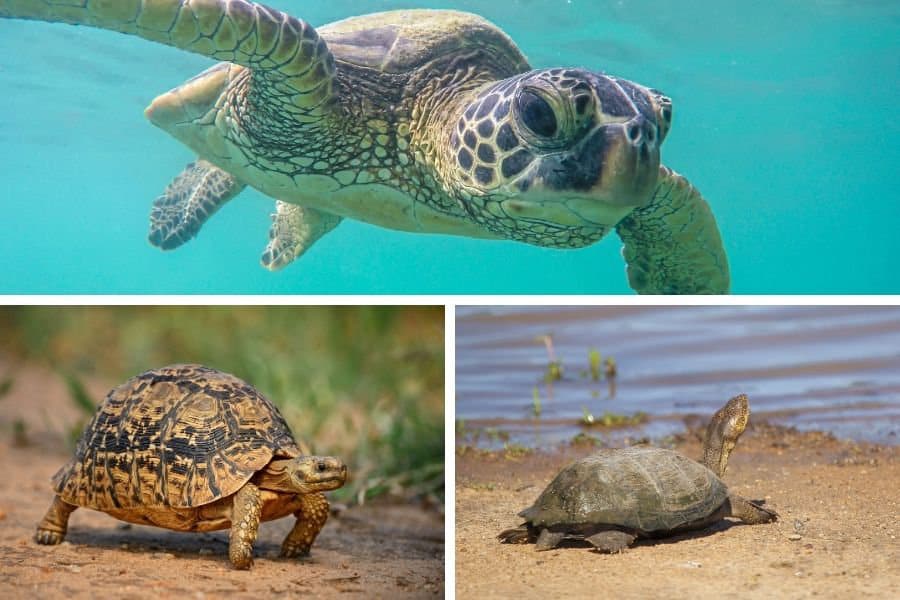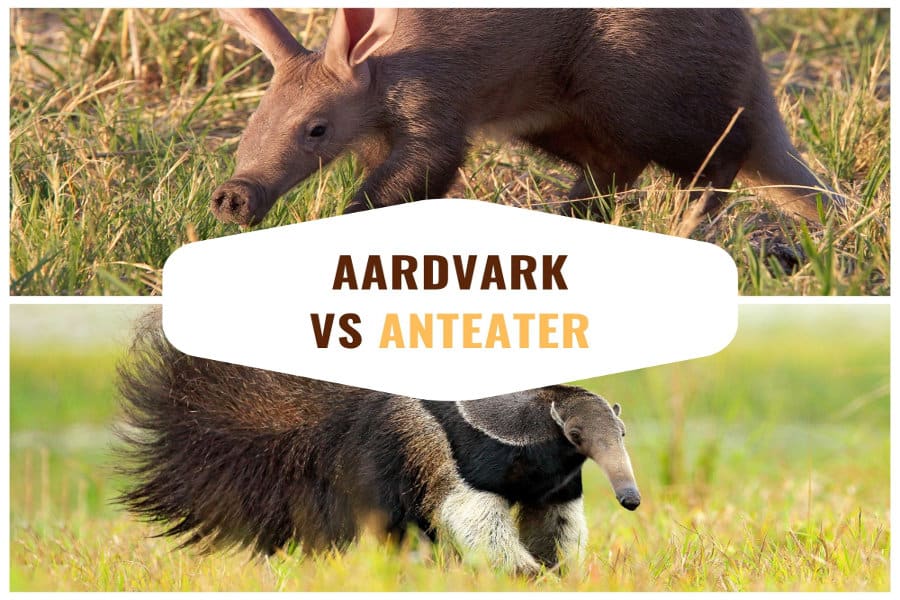There’s always been a discussion between kids and parents about the differences between turtles and tortoises — if any. This discussion seemed to escalate around the time a certain four teenage ninjas came to TV fame.
Anyway, it’s a question that’s been mired in confusion for the casual admirer for many years. And it gets even more complicated. The general understanding of turtle vs tortoise differs slightly from continent to continent.
So, adjust those shells, keep reading, and let’s clear up all the confusion once and for all. And as a bonus, you’ll find out how terrapins fit into the whole debate.
Turtle vs Tortoise: Cultural Understandings
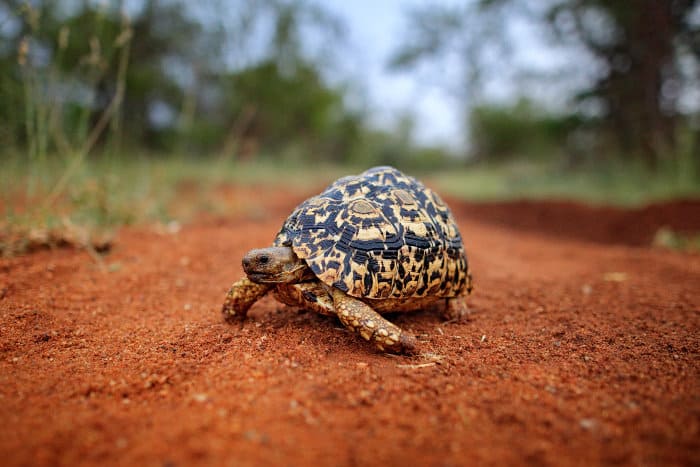
The confusion about whether turtles and tortoises actually are different animals is partly due to a misunderstanding. Some places in the world have adopted a broader interpretation of what tortoises are. And that’s not counting cheeky elephants using tortoises as footballs.
In some countries, ‘turtle’ refers to all the animals in the reptile order of Testudines — turtles, tortoises, and terrapins. It looks like this happened as a matter of linguistic convenience over time.
In most other countries, as well as by scientific understanding, there are specific differences when defining a tortoise from a turtle.
Are Tortoises Turtles?
You can identify the family of Chelonia or Testudines — which encompasses tortoises, turtles and terrapins — by their shells. These shells are actually extensions of the rib cages of these ancient animals.
A tortoise belongs to a subclass of Testudines called Testudinidae.
To put it simply: all tortoises are turtles, but a turtle is not necessarily a tortoise. Think of it as a tiger being a cat, but a cat not necessarily being a tiger.
Similarly, a terrapin belongs to the broader family of turtles. However, it is not quite a tortoise, as we’ll explore later.
To the casual observer, the main thing that separates these three darling species is habitat. This affects diet and some basic anatomical features. However, there are other, more subtle differences, so let’s dive deeper.
The Similarities Between a Turtle and Tortoise

Let’s start with what they have in common.
All these wonderful reptiles have extraordinary shells. These shells actually contain nerves that can feel sensations.
So, when a shell cracks the animal feels pain. They can also feel pressure when trod on or picked up.
They also have scales and are cold-blooded like any other reptile. They lay eggs, and they do this on land.
The Difference Between Turtles and Tortoises
As previously mentioned, the main differences between a turtle and tortoise (and terrapin) have to do with where they live.
Turtles are generally water-based, and most live in the sea. They will only come to land to lay eggs. They spend a lot of time swimming, so their shells look quite streamlined.
Tortoises, on the other hand, spend most of their time on land. They may sometimes go to the water to drink, yet do not live in water. Their shells are more dome-shaped than turtles’.
Terrapins inhabit the middle ground, spending half their time in water and half on land. But they tend to live in fresh or swampy water as opposed to the sea.
Note that there are exceptions! Some land-dwelling examples, like box turtles, are in fact turtles, not tortoises. And the African side-necked turtle lives in fresh water. These examples are most often exceptions to the rule.
How to tell a turtle from a tortoise: physical differences
Because they live in different environments, turtles and tortoises have adapted different physical characteristics. Here are some things to look out for, if you want to tell the difference:
Legs and feet
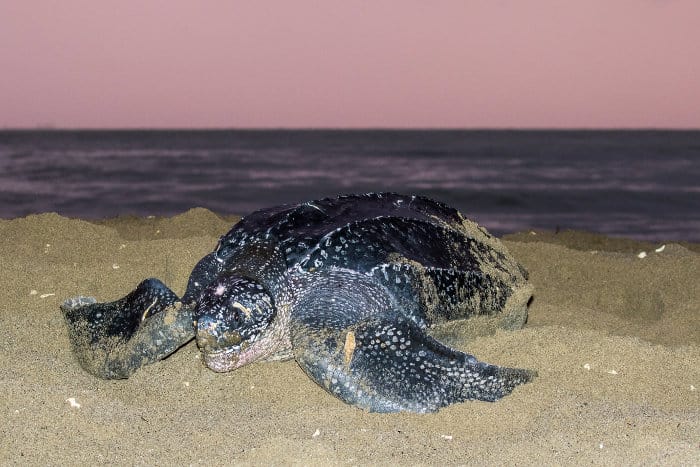
Turtles spend a lot of time in the water, so their legs and feet are better suited to swimming. You will find flipper-style limbs that help propel turtles through water. Unfortunately, they’re not very useful on land.
Some turtles may also have webbed hind feet. This also seems to assist in swimming.
The tortoise, on the other hand, has rounder legs, feet and claws! These help to move its weight on land a little easier.
Size
Turtles are able to grow to impressive sizes. The largest known is the leatherback sea turtle, which can measure up to 1.7 m and weigh as much as 700 kg.
Tortoises can be huge too, with some on Galapagos tipping scales at over 400 kg, stretching a little over a meter. Overall, this means that turtles can grow bigger than tortoises. Of course, this is subspecies-dependent.
Terrapins do not grow as big as these tortoises. More on that later.
Shell
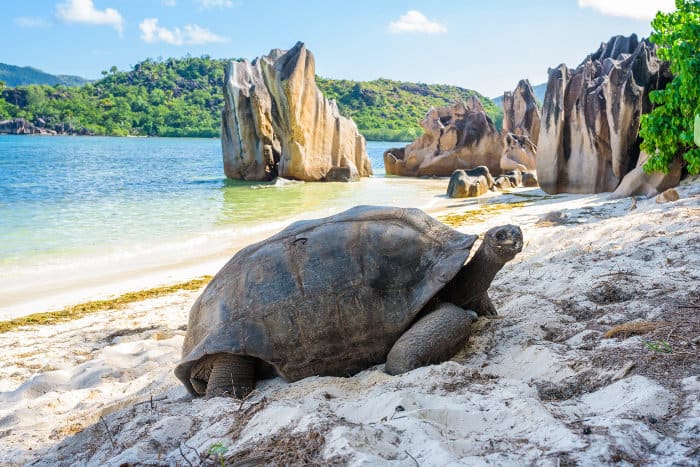
Turtles and tortoise shells are really special. They are actually parts of the animal’s body, made up of two pieces. The top is the carapace, and the bottom is a plastron. They fuse together to form a “bridge”.
The shell is like a living bone. So a crack or puncture can lead to infection, severe injury and even death. As mentioned, these animals can feel through their shells. So the best advice is to avoid handling them altogether.
What tortoises and turtles eat
Tortoises are mostly herbivores. That is to say, they generally eat plants based on where they live. This may be cactus in dry regions or moist shrubs in wetlands. Throw in some fruits and grasses, and you’ve got a happy tortoise.
Turtles are primarily omnivores. Aquatic turtles eat crustacea, algae, sea sponges and other small invertebrate sea life.
Tortoise vs turtle speed
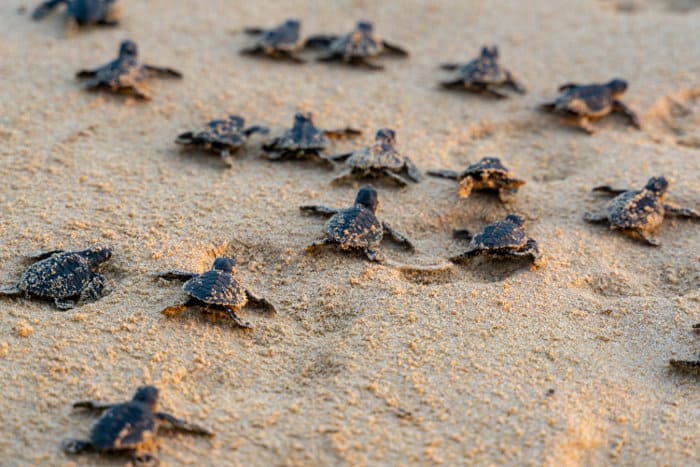
They live in such different environments, it’s difficult to compare the speeds of these awkward-looking cuties. However, it might surprise you to read that turtles hold the title over tortoises in the dash — even on land!
A study concluded that a Gopher tortoise registered a top speed of 0.13 meters per second. Meanwhile a Pseudemys floridana turtle blew by at 0.47 meters per second.
In water, there is no comparison. Turtles have even the fastest human swimmers beaten at 35 km/h when racing from a threat. For comparison, a fast human can swim at around 8 km/h.
Tortoises can barely swim. In fact, only a leopard tortoise swims regularly and voluntarily.
Interesting fact: Leopard tortoises can also hold their breath and submerge for up to ten seconds.
How long do turtles and tortoises live?
The long lives of tortoises are well known to pop culture. On average, healthy tortoises can live 80 to 150 years.
A tortoise in India named Adwaita allegedly lived to the age of 255 years. Some experts even suggest that there may be tortoises in the wild older than 300 years.
Seat turtles seem to have a considerably shorter lifespan in general. Fifty years is a good age for a sea turtle.
Difference between turtle and tortoise reproductive habits

There is a very interesting difference in how turtles and tortoises behave when they breed. Both lay eggs and hatch live young, which is consistent for a reptile — and the similarities seem to end there.
A turtle comes ashore, digs a hole and buries her eggs. She then leaves. When the eggs hatch, it is generally up to the new hatchlings to make their way to the water and start life on their own.
Tortoises lay eggs in a nest, and will generally stick around, protecting their offspring for up to a few weeks after hatching.
What is a Terrapin? A Few Notes

The go-betweens when it comes to aquatic turtles and tortoises, terrapins live both on land and in fresh or brackish water.
A lot of terrapin characteristics seem to demonstrate how they sit squarely between their Testudines cousins. The shell is both streamlined and slightly domed and quite hard.
They can definitely swim, but don’t have flippers — they have legs and feet like tortoises. Some like to burrow in mud, too.
Terrapins eat both plants and other small crustacean or fish, insects, and so forth. They are also somewhat aggressive, using a powerful snapping jaw and claws to good effect when they need to. People have lost fingers to an angry terrapin’s bite.
Compared to tortoises, terrapins remain fairly small, although there are a few giant species out there. One of the largest is the alligator snapping turtle, known to grow to a weight of up to 80 kg.
Interesting fact: The word “terrapin” comes from a Native American word meaning “little turtle”.
Turtles vs Tortoises (vs Terrapins) – It’s Not a Competition
So as we can see, turtles, tortoises and terrapins belong to the same family yet are essentially different because of where they live. Their various adaptations make them unique, each with its own quirks and factoids to impart.
The good news is, you don’t have to choose a favourite between turtles or tortoises. Both can peacefully coexist in our hearts and minds, as well as on the planet.
In fact, Africa has a number of tortoise, turtle and terrapin species – why not plan a safari trip to discover these and more?
